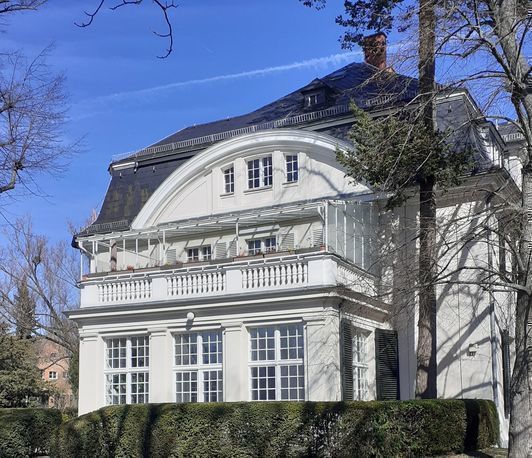Will a single two-level atom simultaneously scatter two photons?
- MP Department Seminar
- Date: Feb 16, 2024
- Time: 09:30 AM c.t. - 10:30 AM (Local Time Germany)
- Speaker: Arno Rauschenbeutel
- Humboldt-Universität zu Berlin, Institut für Physik
- Location: Haber Villa
- Room: Seminar Room
- Host: Department of Molecular Physics
- Contact: sidwright@fhi-berlin.mpg.de

The interaction of light with a single two-level emitter is
the most fundamental process in quantum optics, and is key to many quantum
applications. As a distinctive feature, two photons are never detected
simultaneously in the light scattered by the emitter. This is commonly
interpreted by saying that a single two-level quantum emitter can only absorb
and emit single photons. However, it has been theoretically proposed that the photon
anticorrelations can be thought of as arising from quantum interference between
two possible two-photon scattering amplitudes, which one refers to as coherent
and incoherent. This picture is in stark contrast to the aforementioned one, in
that it assumes that the atom has two different mechanisms at its disposal to
scatter two photons at the same time. In my talk, I experimentally validate the
interference picture by showing that, when spectrally rejecting only the
coherent component of the fluorescence light of a single two-level atom, the
remaining light consists of photon pairs that have been simultaneously
scattered by the atom. These results offer fundamental insights into the
quantum-mechanical interaction between light and matter and open up novel
approaches for the generation of highly non-classical light fields enabling,
for example, Fourier-limited photon-pair sources that approach the theoretical
limit in brightness.